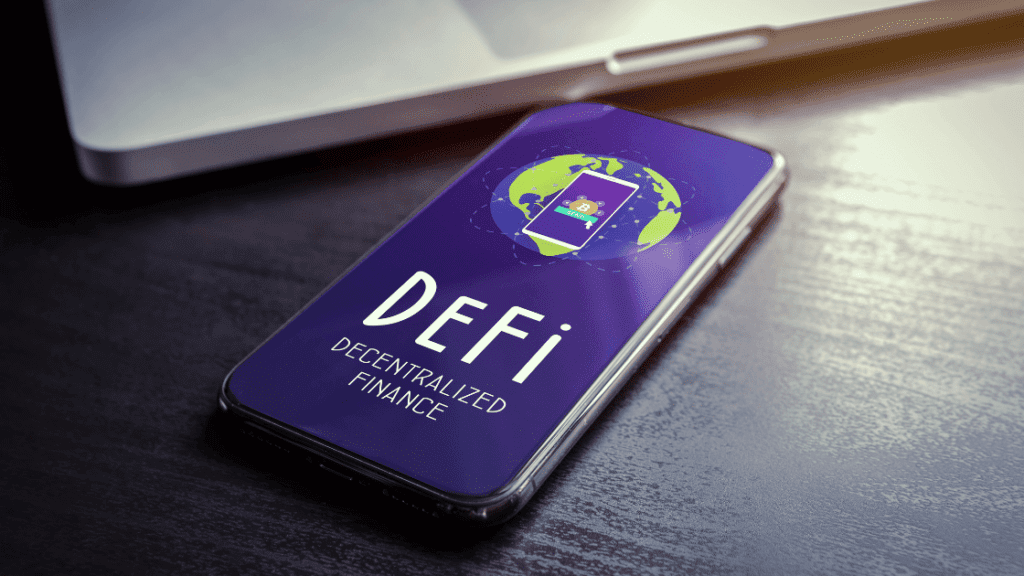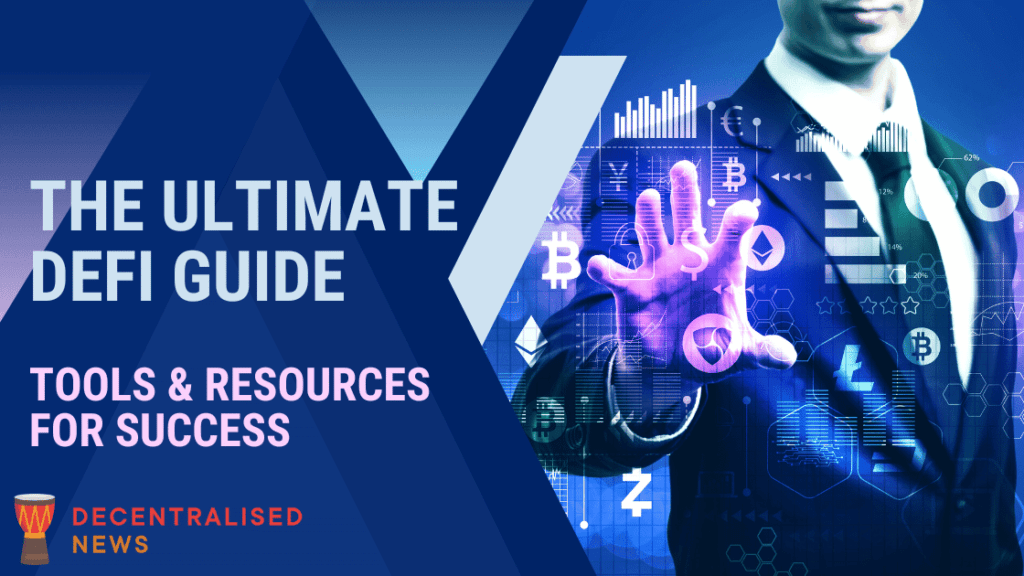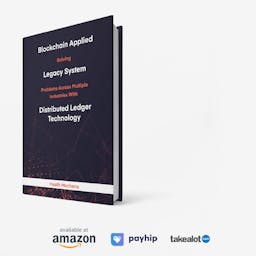
DeFi Millionaire Secrets – How to Achieve Success in Decentralized Finance
How to Create Wealth With Decentralized Finance.
DeFi Market Structure Explained Simply
Decentralized Finance (DeFi) has emerged as a new paradigm in the financial industry, offering a wide range of new opportunities for investors and traders to earn yields on their digital assets. In order to get the best yield on digital assets in DeFi markets, it is important to understand the core elements that comprise decentralized finance system architecture and market structures, as well as the various tools and resources available for analyzing and participating in these markets.
One way to analyze DeFi markets, especially lending and borrowing decentralized markets, is to closely monitor the interest rates and liquidity of various platforms and protocols. For example, platforms such as Aave and Compound offer lending and borrowing services for a wide range of digital assets, and the interest rates on these platforms can vary significantly. By monitoring the interest rates and liquidity on these platforms, investors and traders can identify opportunities to earn higher yields on their digital assets.
Another important element of DeFi market analysis is tracking the overall health of the DeFi ecosystem. This includes monitoring key metrics such as the total value locked (TVL) in various protocols and platforms, as well as tracking the number of active users and transactions. Additionally, it’s important to keep an eye on the overall market conditions, such as the interest rates of the traditional financial system, the price of Bitcoin and other crypto assets, as well as the adoption rate of DeFi among investors and traders.
The core elements that comprise decentralized finance system architecture and market structures that make DeFi better than traditional finance are:
- Accessibility: DeFi markets are open to anyone with an internet connection, regardless of geographic location or credit history.
- Transparency: DeFi markets rely on blockchain technology, which provides a transparent and immutable record of all transactions.
- Interoperability: DeFi markets are built on open-source protocols, which allows for easy integration with other protocols and platforms.
- Automation: Many DeFi markets are built on smart contracts, which allows for the automatic execution of transactions and the elimination of intermediaries.
- Decentralization: DeFi markets are decentralized, meaning that there is no single point of control or failure.
Leading DeFi infrastructure
- Uniswap: A decentralized exchange (DEX) that allows for the trading of ERC-20 tokens.
- MakerDAO: A decentralized stablecoin platform that allows for the creation of DAI, a stablecoin pegged to the value of the US dollar.
- Compound: A decentralized lending platform that allows for the borrowing and lending of various digital assets.
- Aave: A decentralized lending platform that allows for the borrowing and lending of various digital assets.
- Kyber Network: A decentralized exchange (DEX) that allows for the trading of a wide range of digital assets.
How to make better investment decisions in DeFi
Technical analysis and fundamental analysis are both used in decentralized finance (DeFi) to make investment decisions.
Technical analysis involves using historical price and volume data to identify patterns and trends in the market, and to make predictions about future price movements. In DeFi, technical analysis can be applied to various on-chain data such as the trading volume and order book data of decentralized exchanges (DEXs), the interest rates on lending platforms, and the number of active users and transactions on various protocols. Technical indicators such as moving averages, relative strength index (RSI), and Bollinger Bands can also be used to analyze this data.
Fundamental analysis, on the other hand, involves analyzing the underlying factors that drive the value of an asset. In DeFi, fundamental analysis can be applied to various on-chain data such as the total value locked (TVL) in various protocols, the number of active users, the codebase of the project, and the overall health of the DeFi ecosystem. Investors can also consider the overall market conditions, such as the interest rates of the traditional financial system, the price of Bitcoin and other crypto assets, as well as the adoption rate of DeFi among investors and traders.
On-chain analysis refers to the analysis of blockchain data, such as transaction data, smart contract data, and token data. On-chain analytics models can be used to make investment decisions by identifying patterns and trends in this data. Some examples of on-chain analysis and on-chain analytics models used in DeFi include:
- Token flow analysis: This model uses transaction data to identify patterns in the flow of tokens between different addresses. This can be used to identify potential whales, or large holders of a particular token, and to gauge overall market sentiment.
- Smart contract analysis: This model uses smart contract data to analyze the activity of different smart contracts on the blockchain. This can be used to identify which protocols and platforms are seeing the most usage, and to make predictions about future adoption.
- Token velocity analysis: This model uses transaction data to analyze the rate at which tokens are being bought and sold. This can be used to identify patterns in trading activity and to make predictions about future price movements.
- Network analysis: This model uses transaction data to analyze the connections between different addresses on the blockchain. This can be used to identify clusters of addresses that are likely controlled by the same entity, and to make predictions about future market activity.
It’s worth noting that combining both technical and fundamental analysis can provide a more comprehensive view of the market and the asset, and can help to make more informed investment decisions.

DeFi Index Investing
DeFi index investing refers to the practice of investing in a basket of decentralized finance (DeFi) assets, rather than investing in a single asset. The basket of assets is typically represented by an index, which is a statistical measure of the performance of a group of assets.
DeFi index investing allows investors to gain exposure to the broader DeFi market, rather than just a single project or platform. This can help to diversify risk and potentially increase returns.
Some popular DeFi index funds include:
- DeFi Pulse Index: tracks the top 10 DeFi protocols by total value locked.
- Defiant DeFi Index: tracks the top 50 DeFi protocols by on-chain liquidity and market capitalization.
DeFi index investing is still a relatively new and emerging field, and investors should be aware of the risks involved.
DeFi Tools & Resources
- DeFi Pulse: A website that provides data and analytics on the overall health of the DeFi ecosystem, including the total value locked (TVL) in various protocols and platforms, as well as market data on various DeFi tokens.
- CoinGecko: A website that provides data and analytics on various cryptocurrencies, including DeFi projects. It also offers a DeFi section where you can view the total value locked in different protocols, and track the market capitalization of different DeFi projects.
- DeFi Market Cap: A website that provides data and analytics on the market capitalization of various DeFi protocols and platforms.
- Dune Analytics: A website that provides data and analytics on various DeFi protocols and platforms, including detailed information on smart contract activity and transaction volume.
- Zerion: Tracks the total assets held in different DeFi wallets and allows users to view the assets held in different wallets.
- Messari: A website that provides data and analytics on various cryptocurrencies, including DeFi projects.







